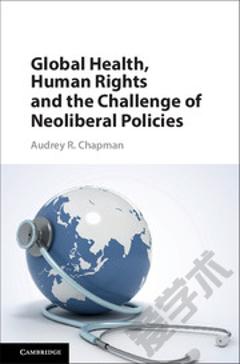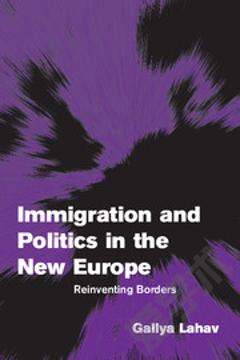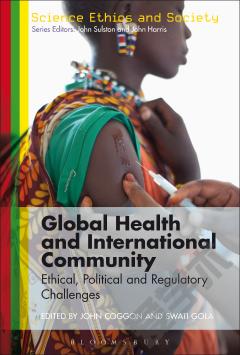The reason why I love this book is that itâs full of facts and figures. The authors have done an excellent job at remaining objective.
Below are my favorite parts. I encourage you to buy it.
The cost of lack of healthcare
\uf0a7 Harvard researchers later concluded that the lack of insurance was responsible for over 44,000 deaths among people eighteen to sixty-four years old in the United States each year.
\uf0a7 Overall costs of treating patients who are forced to rely on emergent dialysis are also far higherâup to 3.7 times higher in one studyâthan those of providing patients with maintenance care.
Healthcare in other countries
\uf0a7 The United States is the only developed nation that fails to recognize a right to health, or provide health insurance to all of its citizens.
\uf0a7 Otto von Bismarck established the first national health insurance program in Germany in 1883.
\uf0a7 The Scandinavian model emphasizes the universality of welfare rights, including the right to health, and does not rely on means testing.
\uf0a7 In the United Kingdom and Ireland, health care services are delivered by the public sector and are at the point of entry.
\uf0a7 The Continental European model is funded by contributions from employers and employees, with transfer payments for those who would otherwise be left out of the employment-based system.
\uf0a7 In the Southern European model, health services are universally accessible
Immigrants:
\uf0a7 In the US, 13 percent of the population was foreign-born.
\uf0a7 In Canada, approximately 20 percent of its population is foreign born.
Refugees
\uf0a7 Canada is projected to accept as many as 50,000 government-and privately sponsored refugees. Justin Trudeau- the Prime Minister- welcomed refugees at the airport with the words, âYou are home now.â
\uf0a7 Germany had shown the greatest generosity, having taken one million refugees in one year.
\uf0a7 Sweden took in 150,000 refugees in roughly a year
\uf0a7 The Obama administration aspires to welcome 10,000. Donald Trump, then the Republican frontrunner for the partyâs presidential nomination, wanted to ban Muslims from entering the United States.
Legal Protection for immigrants
\uf0a7 In 1886 in Yick Wo v. Hopkins, an ordinance in San Francisco prohibited anyone from operating a laundry in any building without first obtaining the consent of the cityâs board of supervisors. All two hundred Chinese American applicants were denied it; eighty other applicants, who were not of Chinese descent, received the consent. The Supreme Court was forced to recognize the discriminatory nature of the provision, and struck it down. The Court articulated the principle that non-citizens are recognized as persons entitled to equality under the Constitution.
Immigrants contribute more than they cost
\uf0a7 Between 2002 and 2009, immigrants contributed more than $ 100 billion more into Medicare, than they cost the program. This is because the immigrant population is younger and healthier than the native-born population, due in part to self-selection and healthier lifestyles, as well as the health requirements established by immigration law.
\uf0a7 Citizens who collect Social Security benefit from the contributions of newcomers who have contributed, but who will never receive Social Security.
Only legal immigrants can get Obamacare
In the US, illegal immigrants are prohibited from purchasing insurance on the ACA exchanges.
To enforce the bar, the ACA requires that exchange applicants provide their Social Security number, and in the case of noncitizens, immigration status, and that such information be verified by the Department of Homeland Security
Health care for Illegal Immigrants in other countries
Belgium, France, the Netherlands, Portugal, and Switzerland provided close to full coverage for undocumented migrants.
Italy, Portugal, France, the Netherlands, and Spain, provided more than minimal rights to health to undocumented immigrants.
In Canada, in April 2012, there were significant cuts to that program for undocumented ones. As a result, some newcomers lost access to basic services or lifesaving medications such as insulin.
In Canadian Doctors for Refugee vs. Canada, the court concluded that the cutbacks were unconstitutionally cruel and unusual treatment, especially in their application to children.








 京公网安备 11010802027623号
京公网安备 11010802027623号